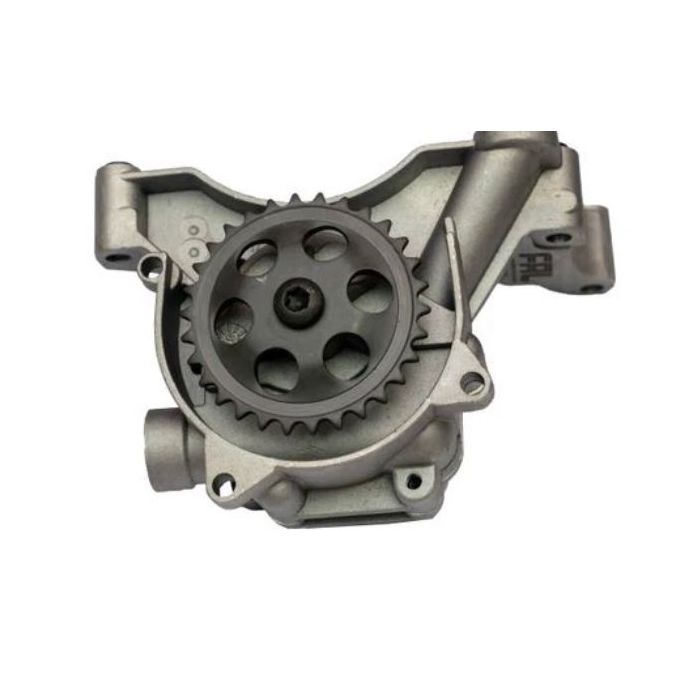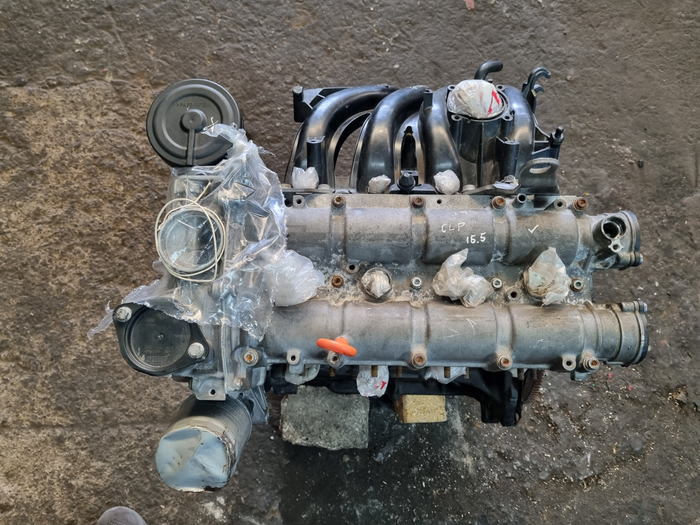How a Clp Engine Can Improve Effectiveness in Numerous Industries
The arrival of CLP engines notes a considerable shift in functional efficiency throughout numerous markets, driven by their capacity to enhance fuel intake and lessen downtime. Industries such as production and logistics stand to gain significantly from their robust layout and regular power outcome, which promise to streamline procedures and improve efficiency. As organizations progressively prioritize sustainability along with efficiency, the role of CLP engines comes to be also much more important. What continues to be to be seen is exactly how these developments will certainly form the future landscape of industrial operations and their influence on broader economic fads (clp engine).
Summary of CLP Engines
CLP engines, or Continuous Liquid Propellant engines, stand for a significant development in propulsion innovation, particularly for space applications. These engines make use of a continual feed system that enables the sustained expulsion of propellant, leading to boosted performance and efficiency compared to conventional strong or hybrid propulsion systems. By keeping a continuous flow of fluid propellant, CLP engines can accomplish more precise thrust control, which is critical for navigating spacecraft in various goal situations.
The design of CLP engines incorporates sophisticated materials and cutting-edge gas management systems. clp engine. This causes decreased weight and increased dependability, important variables for long-duration area missions. Moreover, the continual operation decreases the danger of burning instability, a typical obstacle in traditional rocket engines.

Benefits in Manufacturing
The manufacturing of Continuous Fluid Propellant (CLP) engines offers numerous remarkable benefits that boost both performance and cost-effectiveness. Among the main benefits is the streamlined production procedure, which lowers the intricacy connected with conventional propulsion systems. By using liquid propellant, manufacturers can achieve better accuracy in engine performance, resulting in optimized power outcome and decreased waste.
Additionally, CLP engines facilitate a greater level of modularity, allowing for easier assimilation right into various production lines. This flexibility can substantially lower preparations and boost general operational adaptability. Making use of CLP modern technology additionally has a tendency to reduce the demand for considerable maintenance due to less moving components, which translates right into decreased downtime and functional costs.

Applications in Logistics
Leveraging Continuous Fluid Propellant (CLP) engines in logistics supplies substantial benefits in functional performance and integrity. These engines provide a robust solution for various transport needs, enabling the seamless movement of items throughout substantial ranges. The integral layout of CLP engines enables regular power result, which converts right into smoother and a lot more predictable transportation schedules.
One of the vital applications of CLP engines in logistics remains in sturdy products transport, where they can drive both ground and aerial vehicles. Their capacity to keep high efficiency under varying load problems makes certain that shipment timelines are satisfied, thus enhancing client fulfillment. Furthermore, CLP engines can be integrated right into automated logistics systems, promoting real-time tracking and optimizing course preparation.
Furthermore, the sturdiness of CLP engines decreases maintenance downtime, permitting logistics business to maximize their functional abilities. This is particularly valuable in warehousing operations, where efficiency in taking care of and carrying goods is essential. As logistics continues visit their website to advance, the combination of CLP engines stands for a forward-thinking technique that not only enhances performance however also sustains the industry's growing needs for reliability and rate.
Impact on Power Efficiency
Exactly How do Continual Liquid Propellant (CLP) engines boost energy effectiveness in transportation? CLP engines utilize a constant circulation of liquid gas, maximizing combustion processes and keeping a stable thrust result. This design minimizes power losses related to standard burning engines, where fuel shipment can differ and lead to ineffectiveness.
The continual operation of CLP engines permits a more reliable thermal cycle, causing higher particular impulse contrasted to standard engines. clp engine. This translates to decreased gas intake for the very same amount of job done, considerably reducing functional prices throughout numerous transportation industries, including air travel and maritime markets
In addition, the capacity of CLP engines to preserve ideal performance under differing lots problems decreases the need for constant velocity and slowdown, further boosting gas performance. Boosted power performance not just adds to set you back financial savings yet additionally brings about decrease greenhouse gas exhausts, straightening with international sustainability objectives.
Future Trends and Innovations
Emerging advancements in Continuous Fluid Propellant (CLP) engine modern technology assurance to change the landscape of transport performance and sustainability. As markets pivot toward greener alternatives, CLP engines stand at the forefront, incorporating ingenious materials and style techniques that improve performance while decreasing ecological effect.
One of one of the most encouraging patterns is the adoption of hybrid systems that integrate CLP engines with renewable resource resources. This synergy can optimize gas usage and decrease discharges, lining up with global sustainability objectives. Innovations in computational liquid dynamics (CFD) are promoting the style of even more aerodynamically effective engines, leading to reduced drag and enhanced fuel effectiveness.
Additionally, the growth of wise monitoring systems is set to boost operational efficiencies. These systems take advantage of information analytics and IoT innovation to maximize engine performance in real-time, making certain that the engines operate within their most reliable parameters.
As research study remains to check out different propellant formulas-- such as biofuels and artificial gas-- the future of CLP engines looks appealing. By using these developments, markets can not only boost their efficiency however additionally contribute substantially to a cleaner, extra sustainable future in transport.
Verdict
To conclude, CLP engines stand for a substantial advancement in efficiency throughout multiple markets. Their capability to maximize gas consumption and decrease functional prices, integrated with a constant feed system, improves power result and operational integrity. The assimilation of advanced materials and fewer moving parts decreases upkeep needs, while alignment with sustainability goals positions CLP engines as a critical innovation for the future. Proceeded advancement in this area assures more renovations in performance and ecological efficiency.